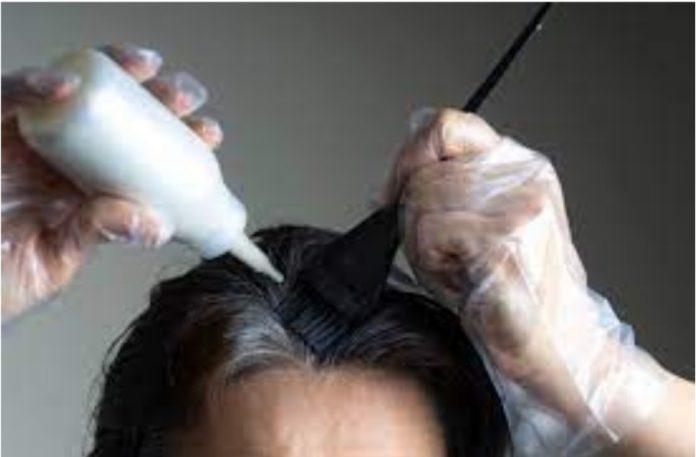The desire to change one’s appearance is a natural inclination shared by many. For some, changing their hairstyle can be an exciting and empowering way to express themselves. Coloring hair is a popular option to achieve a new look, but the question remains: Can you color your hair at home, and is it safe? In this article, we will explore the benefits and risks of DIY hair coloring, along with essential tips to ensure a successful and satisfying experience.
Benefits of Coloring Hair at Home
Cost-Effective:
One of the primary reasons people choose to color their hair at home is the cost-effectiveness. Salon visits for hair color can be expensive, especially for those seeking regular touch-ups or drastic changes. Different hair styles are given at newhaircut.
Convenience:
DIY hair coloring provides the convenience of doing it at your own pace and in the comfort of your home. This option is especially beneficial for those with busy schedules or limited access to professional salons.
Creative Freedom:
Coloring your hair at home offers a sense of creative freedom, allowing you to experiment with various colors and techniques to achieve your desired look.
Risks and Challenges
Damage to Hair:
The most significant concern with at-home hair coloring is the risk of damaging your hair. Chemicals in hair dyes can strip the hair of its natural moisture, leading to dryness, breakage, and frizziness.
Uneven Results:
Achieving an even hair color can be challenging for beginners. Uneven application or incorrect color choice can result in an undesirable look.
Allergic Reactions:
Some individuals may be sensitive to the chemicals present in hair dyes, leading to allergic reactions such as itching, redness, or even more severe skin issues.
Tips for Safe and Successful At-Home Hair Coloring
Choose the Right Color:
Before diving into the hair coloring process, consider your skin tone, eye color, and natural hair color. Opt for a shade that complements your features and one that you’ll be comfortable maintaining.
Start with Semi-Permanent Dyes:
If you’re new to hair coloring, consider using semi-permanent dyes first. These dyes don’t penetrate the hair shaft deeply and fade over time, allowing you to test different shades without making a long-term commitment.
Perform a Patch Test:
Before applying any hair dye, perform a patch test on a small section of your skin to check for allergic reactions. This step is especially crucial if you’ve never used a particular brand or type of hair dye before.
Follow the Instructions:
Always read and follow the instructions provided with the hair dye. Different brands may have varying application techniques and processing times, so make sure to adhere to the guidelines to achieve the best results.
Prepare and Protect:
Cover your shoulders with an old towel or a cape to protect your clothes from staining. Apply a layer of petroleum jelly or a barrier cream around your hairline and ears to prevent skin staining. You can also check lebronjames haircuts.
Timing Matters:
Avoid leaving the hair dye on for longer than recommended. Leaving it on too long won’t intensify the color but can damage your hair and irritate your scalp.
Deep Conditioning:
After coloring your hair, use a deep conditioning treatment to restore moisture and nourish your hair. Regular maintenance and conditioning are essential to keep your colored hair healthy and vibrant.
Coloring your hair at home can be a rewarding and cost-effective way to change your appearance. However, it’s essential to be mindful of potential risks and follow best practices to achieve the desired results without damaging your hair or compromising your health.
By selecting the right products, performing patch tests, and adhering to the instructions diligently, you can enjoy a successful and satisfying DIY hair coloring experience. If you are uncertain about the process or worried about potential issues, consulting a professional hair colorist is always a safe option.



